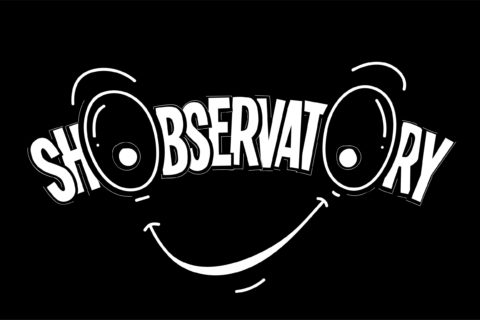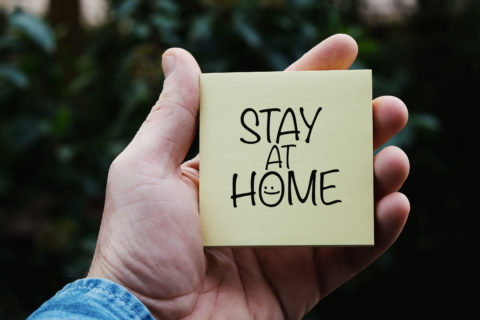What does “the new normal” even mean?
In my previous article I covered briefly the difficulties of talking about “our current situation”, especially at a time when events, attitudes and behaviours are constantly evolving and shifting. Today I want to take a closer look at another phrase, “the new normal”, what people take it to mean, and whether we can find a better description that tries to encompass our current and future situations.
I’ve recently been working on a project (Pandemic Profiles) where we’ve explored how coronavirus has changed people’s behaviours and attitudes towards things ranging from media & entertainment, to alcohol, cars and travel*. In the first wave (fielded at the height of lockdown between the 14th and 17th of April) we found that people could be divided into four separate groups:
- Future Fearfuls – Those with the highest level of worry, possibly exacerbated by financial loss
- Anxious Adapters – Those whose worry level is slightly lower, but who have still changed their behaviour a significant amount
- Objective Optimists – They understand the virus is serious but think when everything is back to normal life may end up being better than before the pandemic
- Disenfranchised Doubters – They’re making fewer changes than any other group and are the least worried about the virus.
In the latest, second wave (fielded between the 29th and 2nd of July, just before it was announced pubs were reopening) we found a number had migrated from the first three groups, giving us a new category of those who took lockdown seriously at the height, but are now feeling things have gone back to normal and are, for the most part, going about their business as usual.
Full steam ahead, or is it?
Another thing we looked at in the second wave was the concept of “the new normal”, what needed to happen for people to think things were actually back to normal, and when this might be.
We found that one in five people think things will be completely back to normal by the end of the year, while two in five think it will be in 2021 (and 14% think things will never be back to normal!). People see the biggest factor signifying a return to normal as specific to the virus itself, including a vaccine, simply dying out, or a lowering in the risk. Events such as the shutdown being completely over, and social distancing ending are other prominent factors.
The trouble with normal
We also asked about the phrase “the new normal” and found that more people disliked it than liked it (41% vs 24%) (me included), although interestingly those aged between 25-44 were more likely to embrace it. That could be due to things like increased home working, and less money being spent on travel and going out, meaning the new normal is in some ways an improvement.
What’s in a phrase?
We found that people tended to look for more of a realistic feel for a new phrase, embodied in a suggestion like “a new reality”, although there were also interesting suggestions for an optimistic phrase in “a better normal” or, for a different kind of optimism, “post-pandemic”.
There was disagreement over the temporal quality of the phrase. More anxious members of society tended to want a phrase that was more permanent, such as “a new era”, while younger participants preferred the more temporary option, such as “normal for now”.
People generally looked for an ‘understanding’ phrase (vs an authoritative phrase). Perhaps this is the reason the government continually talks about “putting their arms around” various groups, from businesses to the self-employed.
My personal favourite suggestions were those that managed to straddle across numerous concepts. These were embodied in phrases like “adjusted living” or the “adjusted normal” which seem to better reflect the current situation as more of an adjustment than something totally new. Even phrases like “the readjustment” (which sounds like an M Night Shyamalan film) or “readjusted living” shows quite nicely how this isn’t just one big event, but a constant reappraisal and retuning of our lives and how we behave.
(Just like) starting over
It is difficult to admit that we don’t know what is going to happen next, especially working in market research. What is useful, though, is understanding how other people are feeling, acting and planning for an uncertain future. It can help in knowing how to communicate to certain groups and give insights into what language relaxes them or puts them on edge.
The insights industry is always at the forefront of exploring new ideas and trends. I think we can find a better way of describing our current and future situation without falling into trite stereotypes like “the new normal”.
So, what would you replace “the new normal” with? Answers on a digital postcard.
* +2000 respondents in the US and UK, aged between 18-99 (nat. rep. for each)


